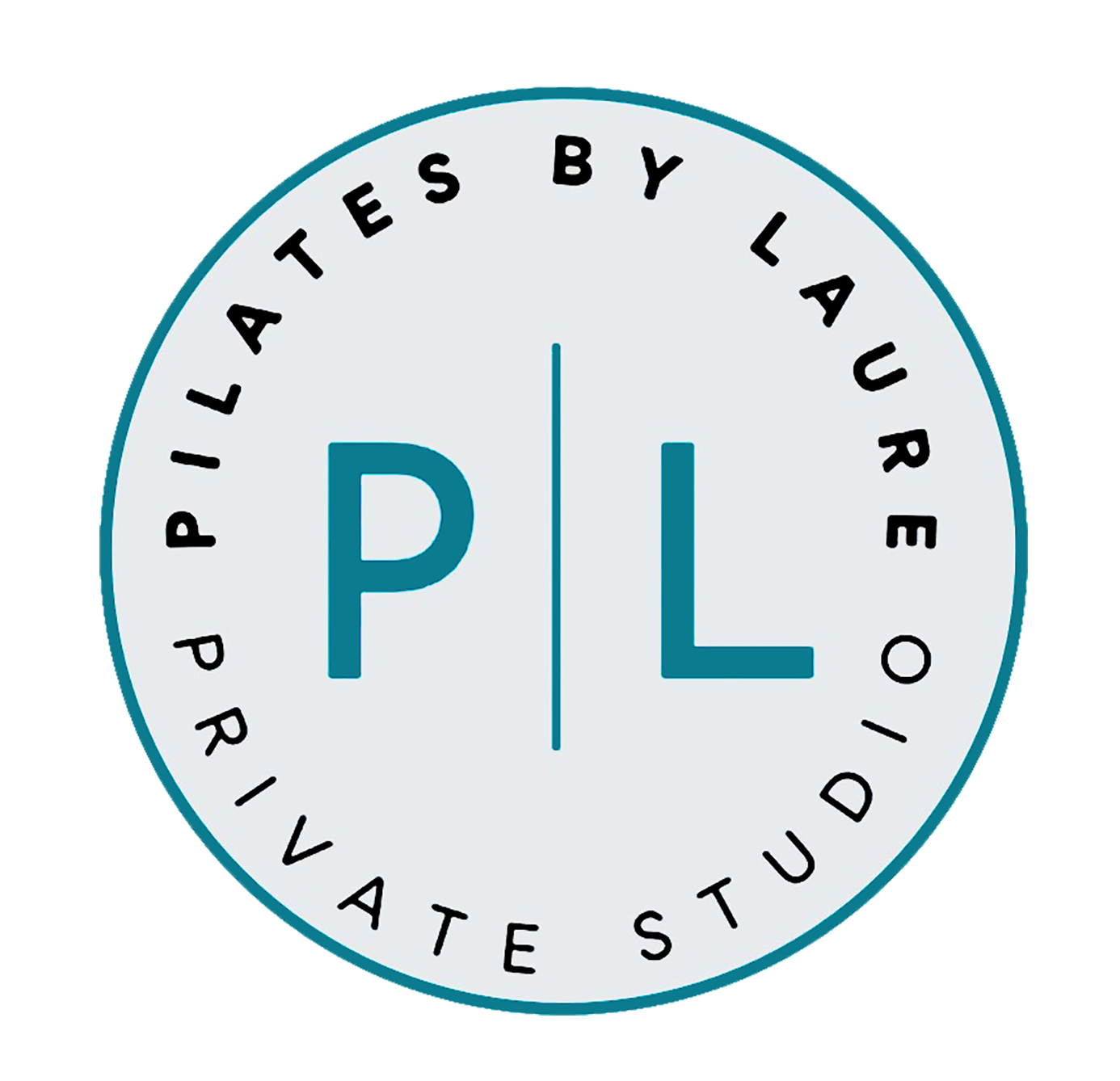
How does Pilates work?
A classical Pilates program, tailored to every need, age, body type or fitness level.
Over the last few decades, the fitness industry has undergone a radical revolution in training philosophy. The industry has moved from viewing independent elements of fitness to studying the integration and impact of these elements on function. Strength training has moved away from placing an emphasis on isolation training on equipment to stressing integrated, movement-based functional training. Advances in science have resulted in new applications for training that have capitalized on the growing interest in holistic wellness, yet nearly 100 years ago, Joseph Pilates created a movement system to help restore function and health that relied on the mind-body connection
Sedentary lifestyles lead to disease and result in imbalances throughout the musculoskeletal system. Much has been written regarding the multitude of modern woes faced by humans in daily life. Some commonalities include:
- Injury reverberates through the entire body leading to faulty movement patterns
- Depression and stress pull down posture and negatively affect our movement
- Routine and habit lead to the over-recruitment of some of the muscles in our bodies, while others are under utilized
- Improper training programs exacerbate muscle imbalance
- 80% of the industrialized world will suffer from low back pain at some time in their life
The result of these factors is that our bodies forget how to move correctly. The ability to perceive movement properly is lost and then dysfunction occurs. The brain recognizes movement patterns, not muscles or muscle groups and these basic patterns of movement build sequentially, beginning in infancy and developing throughout childhood. Unfortunately, along the way to adulthood, things go wrong and inefficient movement patterns replace healthy patterns. Pilates is a wonderful anecdote providing a workout that will strengthen and stretch muscles, restore muscle balance, movement efficiency, and build endurance. However, how does this transformation happen?
The answer lies in words often repeated in the classical Pilates world: “Change happens through movement and movement heals.” These simple words underscore the fact that the body learns by doing. A beginner starts Pilates exercise unaware of what they do not know. A new student will make many mistakes, but as their teacher guides them, one-step at a time toward improved technique, their body-mind connection grows stronger and their neuromuscular system adapts. As the student continues, they progress and their mistakes become less gross and their errors fewer, while their strength, flexibility, stamina, and control improve.
Indeed, putting a body in motion is the very road to functional, purposeful movement. The act of movement is reliant on the synchronization of the muscles throughout the entire kinematic chain and this synchronization results in the nervous system’s ability to initiate and control all movement patterns. Pilates is one way of training the body for improvements in stability and movement efficiency and this is many consider Classical Pilates a movement system. Traditionally, all movement systems share common characteristics including:
- Improved ability of the deep muscles to guide and control
- A goal of improving motor control
- A focus on quality of movement over quantity of movement
- Teaches people how to produce and control movements within their functional range
Classical Pilates emphasizes all of the above elements, underscoring them with the Pilates Principles. Additionally, the adherence to teaching exercises in a specific order with set transitions allows for a disciplined approach to physical learning that provide the very framework for movement progression and refinement.
Core and Functional Training in One Workout.